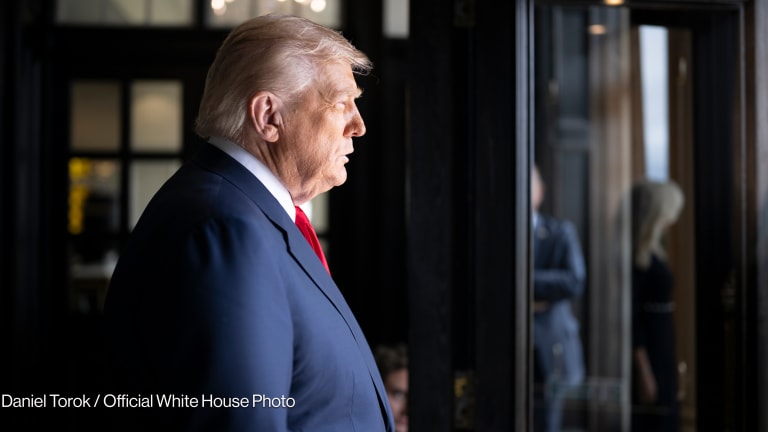The Bipartisan Budget Act of 2015 includes a heavy dose of funding for the state and foreign operations account that bankrolls U.S. aid programs. That’s great news for U.S. development programs, right?
In the short term, yes. But looking further ahead, some analysts worry the U.S. government is paying for aid programs with money it shouldn’t count on having forever, while failing to resupply the base funding account that provides ongoing programs with more financial security.
The budget act, which both congressional chambers approved and which President Barack Obama signed into law last week, includes an appropriation of $15 billion in “overseas contingency operations” funding for each of the next two years. That OCO money is an emergency funding pool associated with the global war on terror.
This story is forDevex Promembers
Unlock this story now with a 15-day free trial of Devex Pro.
With a Devex Pro subscription you'll get access to deeper analysis and exclusive insights from our reporters and analysts.
Start my free trialRequest a group subscription







